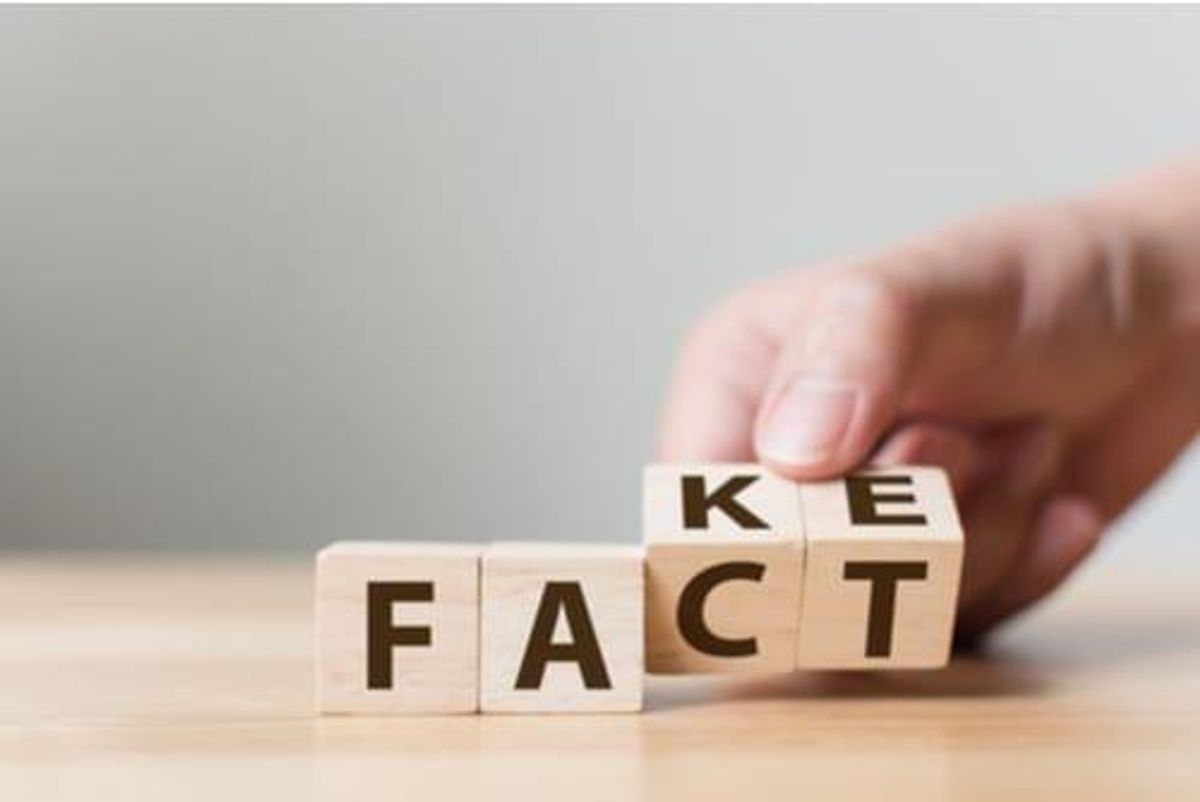
The silver price continues to hold in the US$27 to US$28 range, supported by strong investment demand, particularly in ETFs, coins and bars.
After a couple of dips this year, the silver price is now holding roughly in the US$27 to US$28 per ounce range, supported by strong investment demand.
The white metal was above the US$28 threshold on Tuesday (May 18), and has been slowly trending up following a February peak of US$28.55 and a subsequent decline.
Despite its recent bumpiness, silver is still up significantly from a year ago. In May 2020, the silver price was sitting in the US$16.50 range, an uptick from just US$11.94 two months earlier.
In the 12 months since then, silver’s value has climbed 63 percent, and according to CPM Group’s latest market overview, the metal is anticipated to continue its growth trend over the next three years at least.
However, said Jeffrey Christian, the versatile metal is first likely to move sideways near current levels and could even test the US$23 level before a substantial price tailwind is registered.
“We wouldn’t be surprised to see the price go back up and test US$30 or US$32 over the next several months,” said Christian, who is a managing partner at the firm.
He went on to note that market fundamentals have positioned the white metal to potentially surpass its previous US$50 highs, set in 1980 and 2011. However, before that can happen, the metal will hit a relatively modest growth pace in late 2021 or early 2022.
“At some point, we think the price of silver will rise and rise sharp,” he said. “That increase we expect to coincide with the next financial and economic crisis.”
In his opinion, the next financial black swan may be closer than many think.
“Our expectation is that growth rates moderate over the next year or two, and then we wouldn’t be surprised to see another recession or close to a recession, and (a) steep decline in global GDP and actually recessionary conditions in the industrial world’s advanced economies in 2023, 2025 — somewhere in that timeframe,” Christian added.
This will be further heightened by the residual effects of 2020’s economic disruptions and the lingering impact of the 2009 market collapse.
“We think that the world is not really recovering (from) either … the problems that led to those two recessions have not been resolved, and in fact have gotten worse in some ways,” he said.
“So … we expect a major financial crisis, probably starting in some obscure corner of the debt markets, as those two did. And that would lead to a recession in the industrialized world, and virtually zero growth on a global basis,” Christian continued.
Silver market controversy
Christian also addressed the recent cyber contention that has emerged around silver. The white metal is often described as manipulated, and discussions have erupted this year around secrecy in the market. The flurry has prompted many silver analysts and market watchers, including Christian, to speak out.
“Gold and silver are the sort of things that most people don’t know a lot about, but everybody thinks they’re an expert on,” he said about the “dark corners” of the internet. “Because they’re not regulated as tightly as securities, equities or bonds, everybody’s pretty much free to say whatever they want.”
Christian used part of his presentation to debunk some of the theories that are fueling the divide.
One of those notions is that the world is running out of new silver supply. This is often evidenced by the decreasing grades of silver being mined — between 2005 and 2020, the average grade of silver recovered by seven primary miners fell from 13 ounces per tonne to 5.8.
However, Christian quickly dismissed this as proof the world is running out of silver. He instead credited a rising silver price, which climbed from US$7.26 to US$20.67 during that time, as a primary factor.
“(Another) is technological changes, which allow miners to more cost effectively mine and recover silver from ore with lower grades that couldn’t (be) economically mined in the past,” he said. “The other thing is the higher price. And you’ll see this across metals markets time and time again — a higher price saves mining companies from bad management decisions.”
He also addressed the secrecy around institutional silver bullion stores often cited by those who believe in silver market manipulation.
“Investors own silver and gold around the world across history because they don’t want people to know what their full wealth is,” Christian said. “It’s a secretive market because people want those secrets.”
For example, he noted that CPM Group estimates that in 1970 there were about 5 billion ounces of silver in bullion form, with 90 percent of that amount being in unreported inventories. However, Christian emphasized again, his firm is confident that there’s no silver shortage as some suggest.
“We have gone through this whole issue of how much silver is out there. And we have been doing this forever. And we do it every year — we’re very scholarly in studying this over and over again. But over the last several years, we have revisited this basic data and studied it very hard,” he explained.
Silver investment demand
Whether it’s bars, coins or ETFs, silver investment demand set new records in 2020, topping 80 million ounces of net purchases. The growth has been attributed to large amounts of liquidity infused into markets through fiscal and monetary policy due to the pandemic.
“In addition to that, we also had a lot of investors who launched into the silver market,” said Rohit Savant, vice president of research at CPM Group. “(That happened) when prices declined sharply to multi-year lows in March and April of last year.”
This trend is expected to keep pace this year, with a forecasted 120 million ounces in net purchases.
As calls for silver rise across the fabrication, solar panel, technology and automotive segments, a higher price point will also lead to an uptick in recycling.
“We have silver recycling at about 215 million ounces for the current year,” said Savant. He went on to note that it was 200 million to 205 million ounces in 2019. “(It) won’t be surprising to see silver recycling somewhere in the 210 million to 215 million ounce range.”
Don’t forget to follow us @INN_Resource for real-time updates!
Securities Disclosure: I, Georgia Williams, hold no direct investment interest in any company mentioned in this article.



